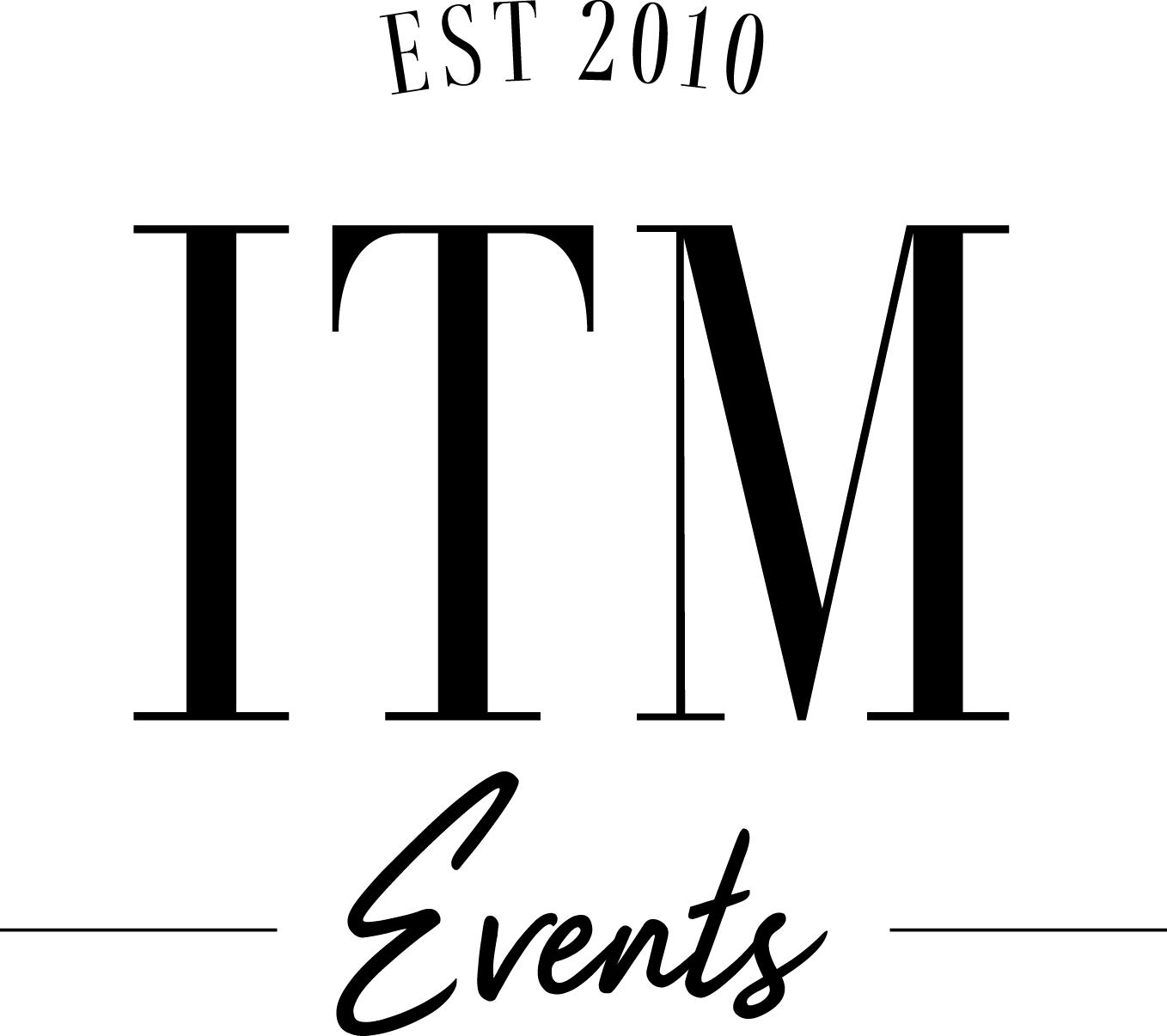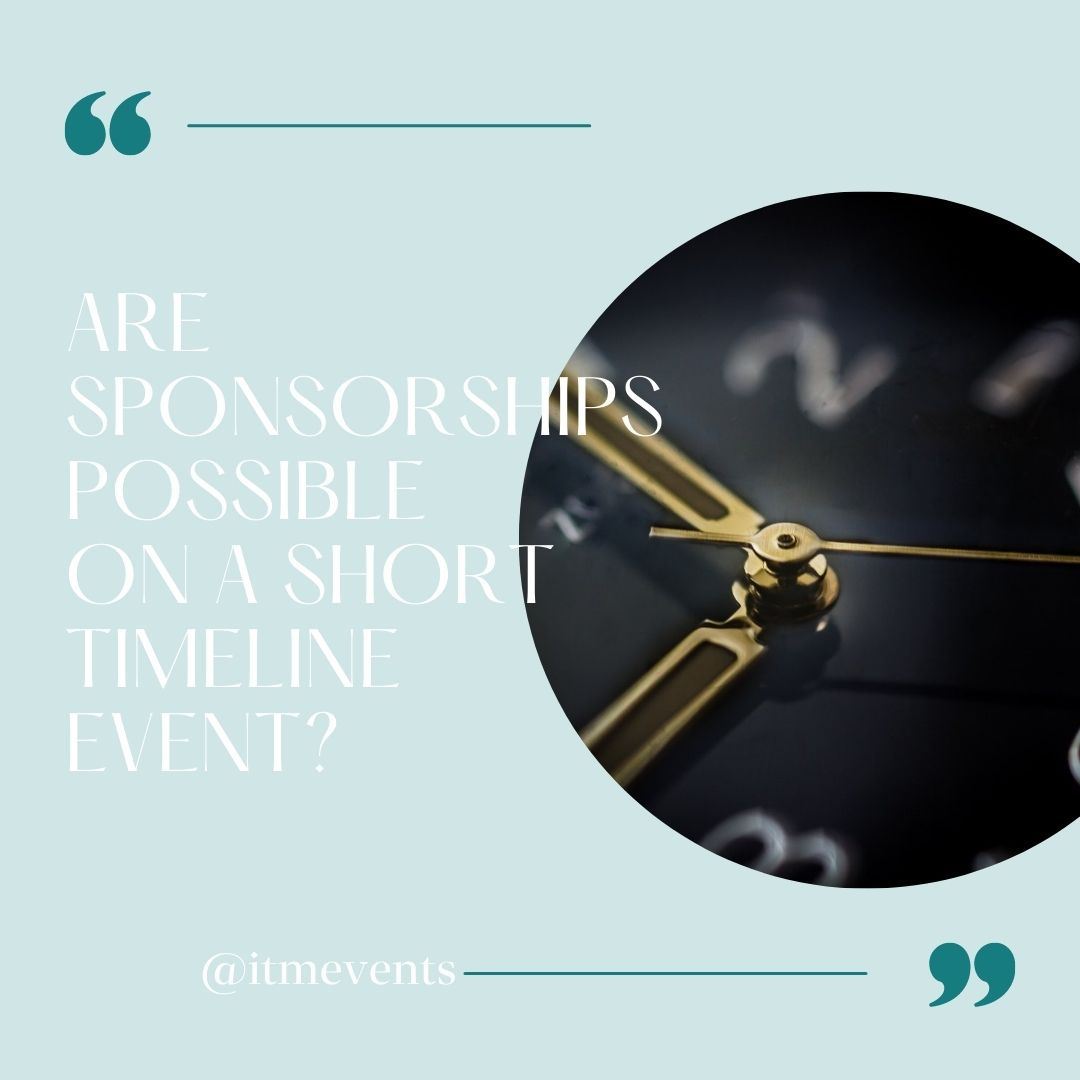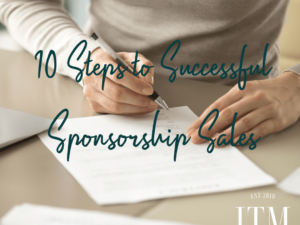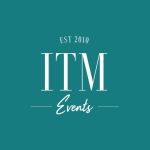Are sponsorships possible on a short timeline event? The short answer is yes, it might not be easy or the results may not be what you were hoping for, but it is possible.
Let’s dig into how sponsorships may be possible even if your event is being planned on a tight timeline.
Proper strategic sponsorship programs require months or even years of work. Most successful sponsorship programs have someone dedicated full time to doing just that, seeking sponsorship support for their property.
Property: a collection of assets, serving a specific audience in a specific way, against which you can sell and recognize sponsors and develop a custom value calculator. – The Sponsorship Space
Successful sponsorship programs include 7 key steps:
That’s a lot of steps and step 7 can’t be done without first doing steps 1 through 6. In order to be successful on a tight timeline, we will need to move through those 7 steps a bit faster than normal. As I mentioned, in a well-thought-out strategy these 7 steps can take months or even years. But when planning on a tight timeline these 7 steps have to happen in months or even weeks.
Let’s break this down on a timeline of sorts to see how this could work for an event that has only 6 months to plan.
Week 1 (of sponsorship work)
In order to build out a successful sponsorship strategy on a tight timeline, there is one major piece of information that you will need. That piece is audience data.
Do you have any audience data? Do you know who has attended your event in the past, do you know who you are expecting to attend this year? At the end of last year did you do a survey that included demographic questions like age, family status, family income, where they are from, how far they travelled to attend your event, what big purchase do they plan to make in the next 6 months?
If you don’t have that data because this is a new event then can you clearly describe to us who will be attending your event? Can you create an avatar to clearly describe who you suspect will be attending the event?
Avatar: “A customer avatar, or buying persona, is essentially a profile of the perfect customer or client.” – Hyped Marketing
Week 2 (of sponsorship work)
Once we’re clear on who, the next question is what. What can be sold at your event? Meaningful sponsorships are far beyond splashing logos on signs. How can you create effective activation opportunities for them?
Activation: “Sponsorship activation encompasses the entire sponsorship experience based on the agreement between the rights holder and the sponsor.” – The Sponsorship Collective
Weeks 3 and 4 (of sponsorship work)
The next step is done in our secret sponsorship laboratory, just kidding, but it is a part of the process that we have been trained in. This is where you assess the true value of your sponsorship offerings. This step is called valuation. What is the value of the sponsor having a speaking opportunity on the stage before, during or after the event? What would a sponsor pay for that opportunity? What is the monetary value of that opportunity to the company?
Valuation: “Sponsorship valuation is an assessment of a property’s assets to determine a numerical value for every element that could be offered to a sponsor. The objective of this exercise is to determine the worth, but also establish a fair market value of a sponsorship program.” – iSpark Consulting
Weeks 5 and 6 (of sponsorship work)
Step 4, developing the sales material, is often where people get ahead of themselves. Without doing steps 1-3 first, you can’t create the sales material. Once you know who you are selling, what you are selling and its true value, then you can create your sales “package”. I put the word “package” in quotation marks because I don’t want you to take this to mean that you are creating Gold, Silver and Bronze packages. That’s a no-no. You want to create semi-custom offerings that are targeted directly to your potential sponsors. This document is often referred to as a sponsorship proposal.
Sponsorship proposal: “A sponsorship proposal is a formal offer to do business.” – Guidebook Content Hub
Weeks 7 and 8 (of sponsorship work)
We’re just over halfway through the process and almost 2 months into sponsorship-specific work. Yup, it is a lot of work. But, if you do the work properly you will be successful. And if we’re going to be successful on a short timeline, imagine what could happen if this was built in as part of your long-term strategy. Step 5 is research and outreach. Once you get clear on step 1, research and outreach are easy. Why? Because when you know who will be attending your event it becomes very clear what companies have the same target audience as you (this is the work you did on creating your avatars, step 1) and that’s who you want to reach out to. Don’t waste your time on anyone else. Especially if we’re doing this on a tight timeline. Outreach is the step where you research your potential sponsor to make sure that they would be a good fit, find the right person in the company to talk to and secure a call with them.
Weeks 9 through 12 (of sponsorship work)
This step will be the most time-consuming step but equally as important as step 1. If you don’t do this step correctly and don’t put the time in that is required, then you will not be successful in sponsorship sales.
Once you secure the call the next step is what we call a discovery meeting. On this call, you will be wanting to learn as much as you can about their company and what their marketing goals are for the next year. Notice I didn’t say this is the call where you sell them anything. This is just the step where you get to know your potential sponsor and how you might be able to help them meet their goals. But is there time for this step even if your event is being planned on a tight timeline? It’s not really an option. This is one of the most important steps. This will save you and the sponsor oodles of time. And if done correctly, make you more money. Read about how we managed to get 7 sponsors for a brand new event that we planned in less than 6 months.
Discovery meeting: “It is like an interview or a brainstorming session, where you’ll ask the potential sponsor questions and give them room to do the same. This first meeting is also sometimes referred to as a discovery meeting. That’s because you’re discovering things about each other.” – Sponsorship Collective
Weeks 12 through 16 (of sponsorship work)
And here it is, the final step! Making the sale. If you have followed steps 1-6 this step will be the easiest step of all of them because you have already confirmed that this sponsor is a perfect fit for your event. You have an audience they need to get in front of, you have figured out a way to help them do that and you are going to provide them with a price that makes sense for what you are offering. You have already created your sales material in step 4, now all you have to do is edit it to make it specific to each sponsor.
What do they need to do at this point? Sign on the dotted line. Oh, and write you a cheque of course. So easy right!
In a 6-month event plan, you need (at least) 4 months to build out and execute a sponsorship strategy. You can’t be finalizing sponsorships right up to event day so that means you must start during week 3 of your planning at the very least.
This “rushed” strategy will not work for every event and will not meet the needs of every sponsor. Where this might work well is for an event that is being planned in a small town where you might already have relationships with business owners. This will also work well in a small town because they will hopefully see the larger value of the event being held in their community and not only will the sponsorship help to get them more customers but it will bring more people to the community that weekend and they can see that value.
Where this strategy will not work is if you are going after large title sponsor types of companies. Going to a major bank for $10,000 or more, they need to run that by corporate and get authorization from head office.
Sponsorships on a tight timeline are certainly possible. It will not work for every event and it will not work for every sponsor but it is possible. Remember, you must follow the steps in order to be successful. Jumping ahead or skipping steps will only force you to backtrack and start again; losing days or weeks you don’t have when planning on a tight timeline.






